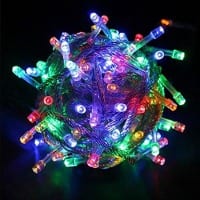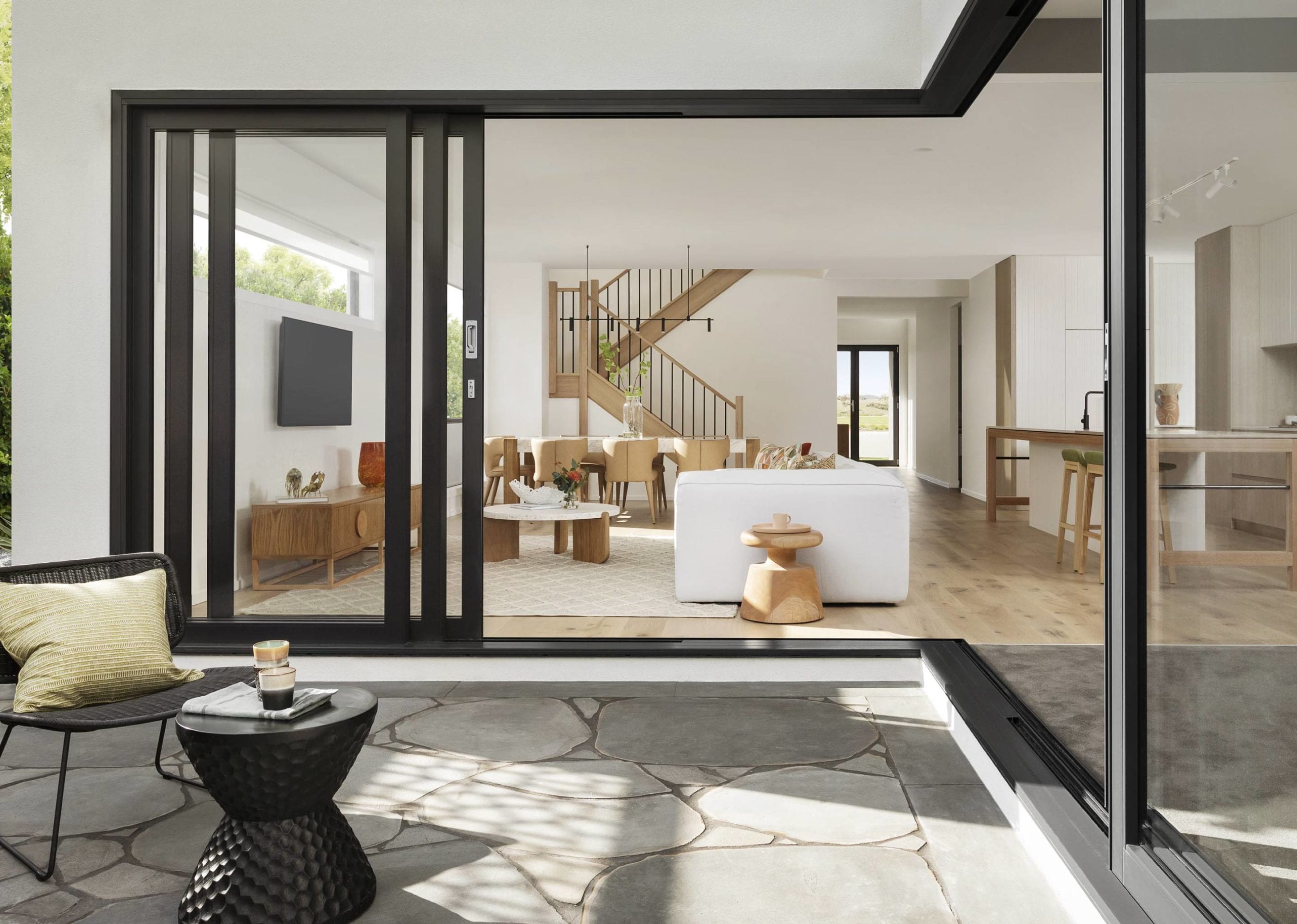Dec 12, 2016 / Your Home
LED: The Next Evolution in Lighting

This fall we listed a home that was using only LED lighting. I was absolutely fascinated and impressed, not just by the quality of the lighting but the role LED lighting was playing towards sustainability.
Since this is the time of holidays lights on our trees and in our homes (inside and out) it seemed prudent to blog about LED lighting.
Extremely cost-effective and energy efficient, LED lighting uses approximately 85% less energy than halogen or incandescent lighting. When you factor in a lifesapn of nearly 20+years, LED lighting can add up to significant savings on your hydro.
Those types of cost savings and efficencies are a plus when selling your home, and helps your real estate agent set your home apart from listings.
What’s The Big LED Deal?
An electrical current passes through semiconductor material, which illuminates the tiny light sources or Light Emitting Diodes (LEDs).
LED bulbs are measured in lumens – which is the amount of light produced. The more lumens in a light, the brighter the light.
Buying LED Bulbs
If you’re like me, you’re probably trying to translate LEDs into watts.
Contrary to common belief, the number of watts isn’t about brightness but how much energy the bulb draws. It’s the consumer that has learned to correlate watts with brightness, but for LEDs, watts won’t work because LEDs draw less energy.
Here’s a shopping guide comparing watts and lumens:
• 40-watt incandescent bulb = 450 lumens
• 60-watt incandescent bulb = 800 lumens
• 100-watt incandescent bulb = 1600 lumens
LEDs And Heat
LED lighting systems don’t radiate heat the same way as standard bulbs. Instead, heat produced from LEDs is drawn away by an absorbing device or heat sink that dissipates the heat into the environment.
Managing the heat is critical otherwise the light will degrade and have a shorter lifespan.
LEDs typically do not “burn out”. Instead, they experience lumen depreciation, where the amount of light produced decreases, the light colour gets dimmer or starts to flicker.
Choosing The Right LED Color
There is actually no “white” LED. To get a white light, different color LEDs (amber, red, green and blue) are mixed or covered with a phosphor (yellow material on some LED products) that converts the color of the light.
While standard bulbs provide a warm, yellowish hue, LEDs come in a wide range of colours including:
- warm or soft white that will produce a yellow hue close to incandescent
- bright white will produce a whiter light, closer to daylight and similar to what you see in retail stores.
Suddenly shopping for bulbs has become so much more interesting!
Dimmer Switches
LEDs are not always compatible with traditional dimming switches designed to work with incadenscent bulbs. Dimmers work by reducing the amount of electricity sent to the bulb to dims the light.
However, now you know that that there is no direct correlation between LED brightness and energy drawn.
If you’d like the LED lights to be dim either find LED bulbs compatible with traditional dimmers, or replace the current dimming switch with a LED-compatible dimmer.
A Little Pricey Upfront
When switching to LED bulbs, don’t expect to save immediately, instead consider it as an investment. Eventually, the LED bulbs will pay off, and in the meantime, enjoy less heat production, longer bulb life, and even the option of controlling them with your smartphone.
When getting your lights in order for this holiday season, consider LED lights – even if it means replacing a few strings.
Our team of real estate professionals always presents your home so that it retreives the highest dollar! Contact us Today!
Our team of real estate sales professionals is committed to finding you, your dream home. Whether you’re looking to buy or sell, the Karen Paul team is here to help with any questions.
Karen Paul & Associates | Real Estate
905-333-6234 | karenpaul.com | info@karenpaul.com
Burlington • Oakville • Hamilton • Milton • Niagara
Free Home Evaluations | See Our Listings
Article prepared with resources from: Home Hardware, CNET and Candace Lombardi
Interested in learning more? Send us a message here and we’ll be in touch with you soon after.

